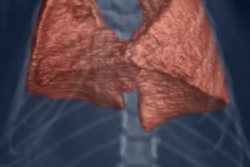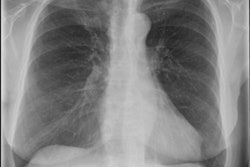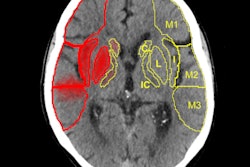Dear Advanced Visualization Insider,
Three-dimensional printing has evolved to where it's being proposed to create cardiac stents for use in children -- stents that can be implanted with minimal invasiveness and dissolve over time so they don't even have to be removed.
Researchers from Eindhoven, the Netherlands, caution that many hurdles remain to be overcome before this scenario can happen. But they've created a new 3D-printed polymer stent that bypasses many of the limitations of conventional nitinol stents for use with tissue-engineered heart valves. Read more about the project here.
Meanwhile, investigators from Heidelburg, Germany, are using advanced software to evaluate CT scans of stroke patients to assess stroke severity and help identify patients who will not benefit from thrombectomy. The study was presented at the recent German Radiology Congress (Deutscher Röntgenkongress, RöKo 2017) in Leipzig. Find out how well it worked by clicking here.
Also at the Leipzig meeting, a radiologist from the German Cancer Research Centre in Heidelberg looked at radiomics from the perspective of big data, which promises to bring more powerful tools to the task of image analysis. These tools will transform the diagnosis and treatment of disease in the not-too-distant future, but there is a lot of work to do first, according to Dr. David Bonecamp. Find out what lies ahead -- and what's still problematic -- here.
Meanwhile, a firm in the U.K. has built an "augmented surgical system" that comes with an augmented reality headset to help surgeons perform minimally invasive procedures by giving them a 3D interactive look at the inside of the patient. The company believes its technology could provide a real-time 3D interactive perspective to guide surgeons in a way not previously possible using augmented reality.
In implants, one size doesn't have to fit all anymore. Computer-aided design (CAD) and computer-aided manufacturing (CAM) have made it possible to adapt implants to patient anatomy based on dual-energy CT images. The researchers use specialty software that works with anatomical structures and implants, such as for hip replacements. Get the whole story here.
And that's just the beginning. We invite you to scroll through the links below for more advanced visualization news from the brave new world of Europe -- right here in your Advanced Visualization Community.



















